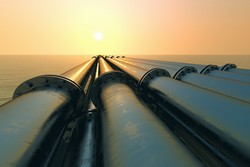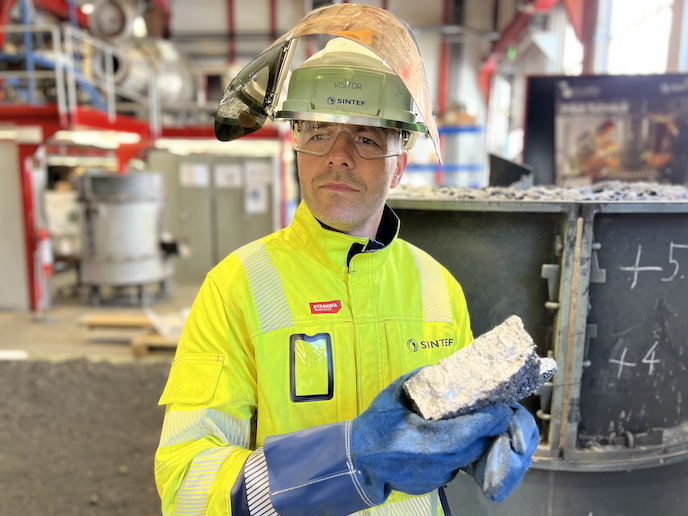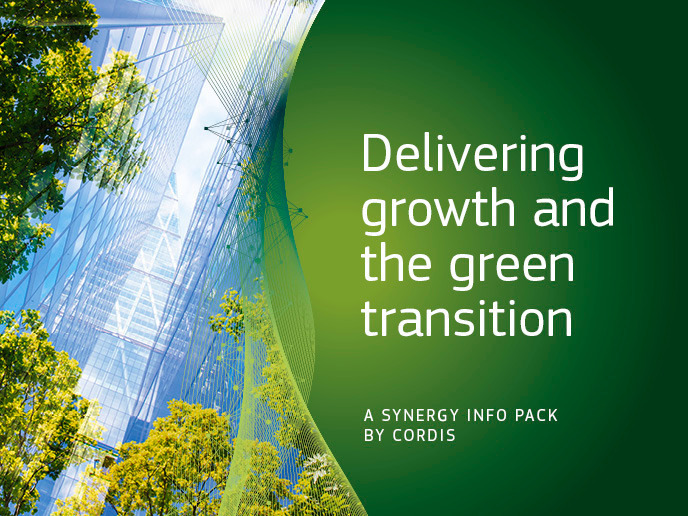Minimising scale formation from nano to field scale
Clogging of pipes decreases efficiency, increases the maintenance cost and can impinge on safety in oil, gas and geothermal energy industries. An EU-funded initial training network (ITN) brought together leading academic and industrial partners to enhance the current understanding of mechanisms and develop solutions. To achieve this aim, the MINSC(opens in new window) (Mineral scale formation: From the atomic to the field scale) team trained 15 early-stage and experienced researchers on the nucleation and growth of important minerals, including carbonates, barite, oxalates and silicates in the presence and absence of various inhibitors. At the molecular level, fellows applied for the first time state-of-the-art in situ scattering and microscopic methods to gain insights into mineral scale formation and growth. They started with pure systems to determine mechanisms and rates in solutions without scale inhibitors. Tests focusing on the macroscopic and field levels generated a wealth of data. In combination with modelling work, experimental data on mineral scale formation and growth were linked to effects on the efficiency of systems of geothermal energy production. Specifically, a fluid flow model perfectly reproduced laboratory and field results at Reykjavik Energy regarding silica precipitation under different conditions, leading to high-impact publications. The MINSC fellows have also evaluated surface and bulk scale formation rates and minerals reactivity in the presence of inhibitors. Based on the findings, project members developed a continuous monitoring prototype to measure silica concentrations under conditions present in geothermal solutions in Iceland. Furthermore, thermodynamic and kinetic data were used to develop a model for the oil industry. The MINSC ITN has enhanced current understanding of mineral scale formation and growth in the presence and absence of inhibitors. New ways devised to mitigate these problems are expected to have a major impact on energy industries and the European energy landscape as a whole.







